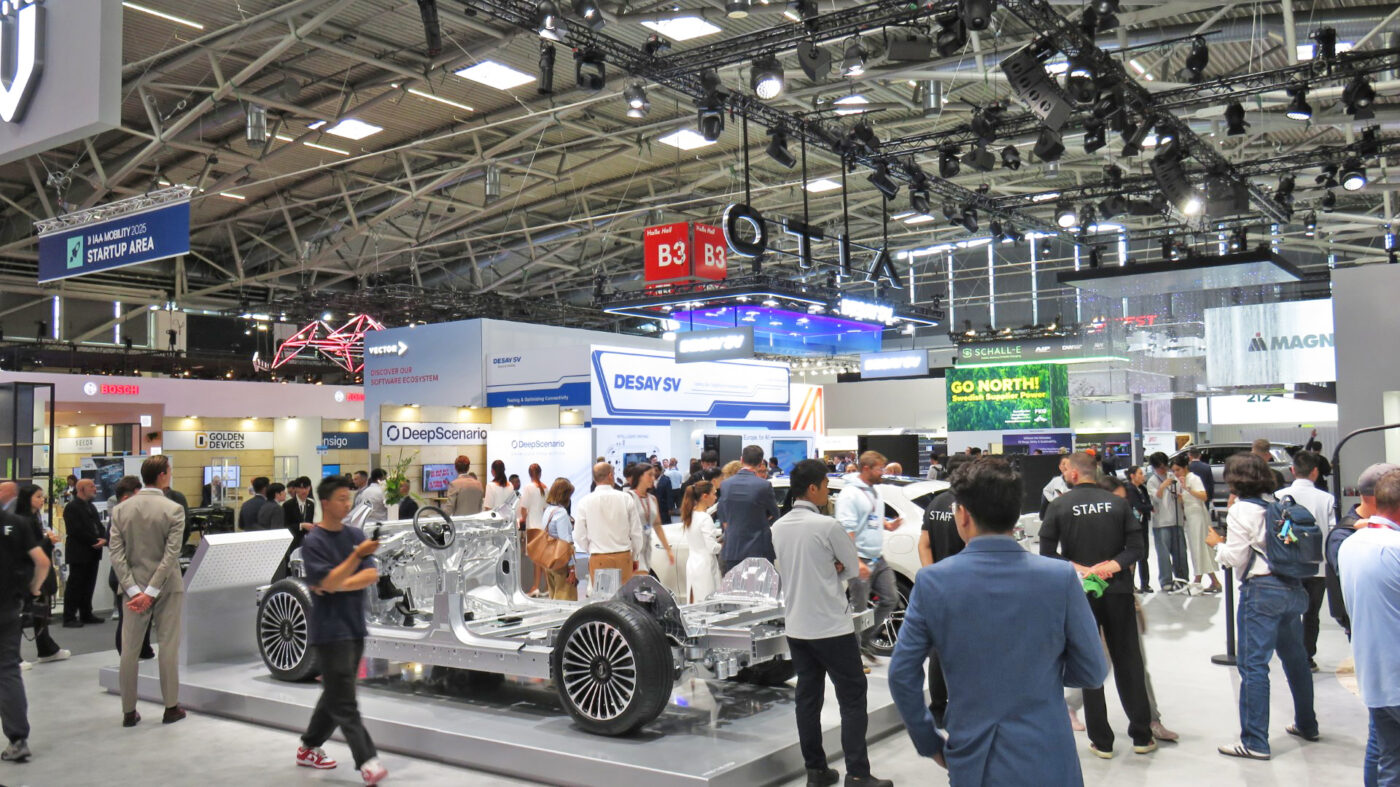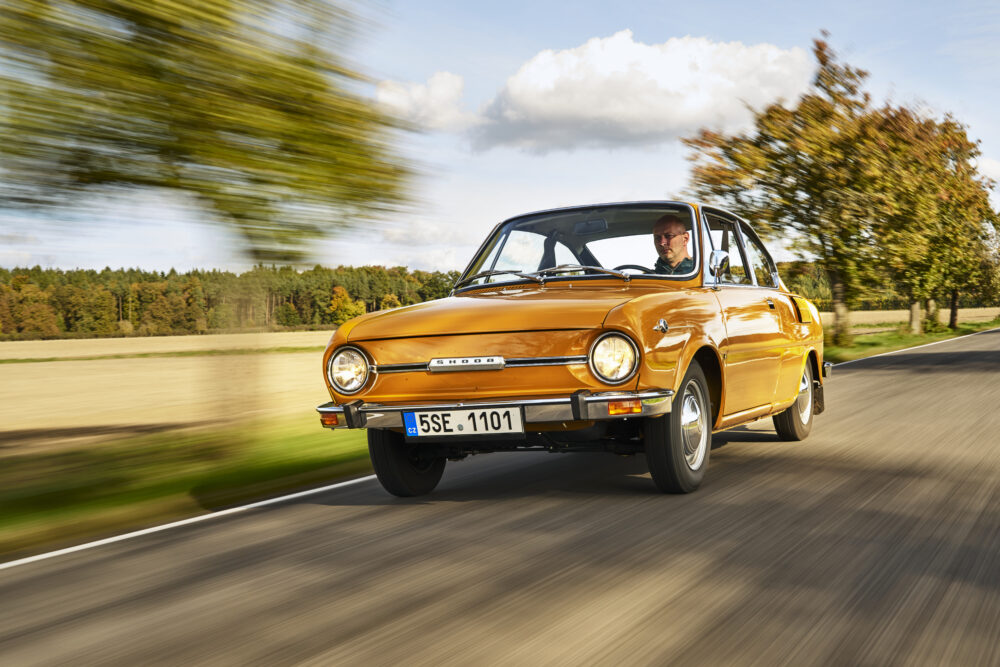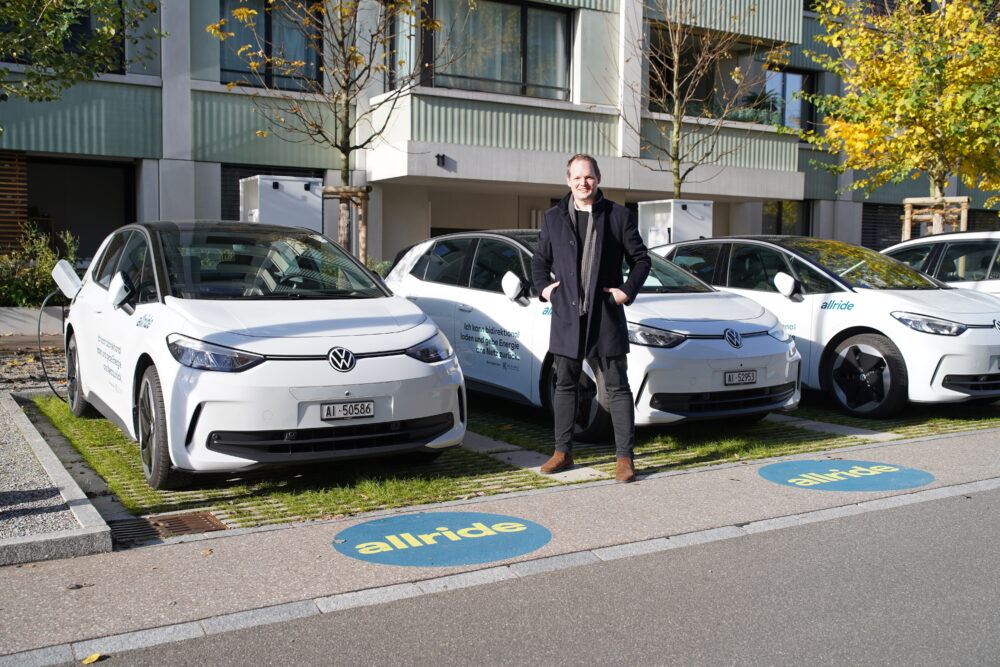IAA Mobility 2025: A look back at a folk festival with cars
It's back, the good old German International Motor Show (IAA): Munich demonstrated how a trade fair in the middle of the city can attract the masses. Despite the weaknesses of the parallel indoor IAA: that's how it works! And a small hybrid car, of all things, outstripped many electric innovations in terms of visitor numbers.
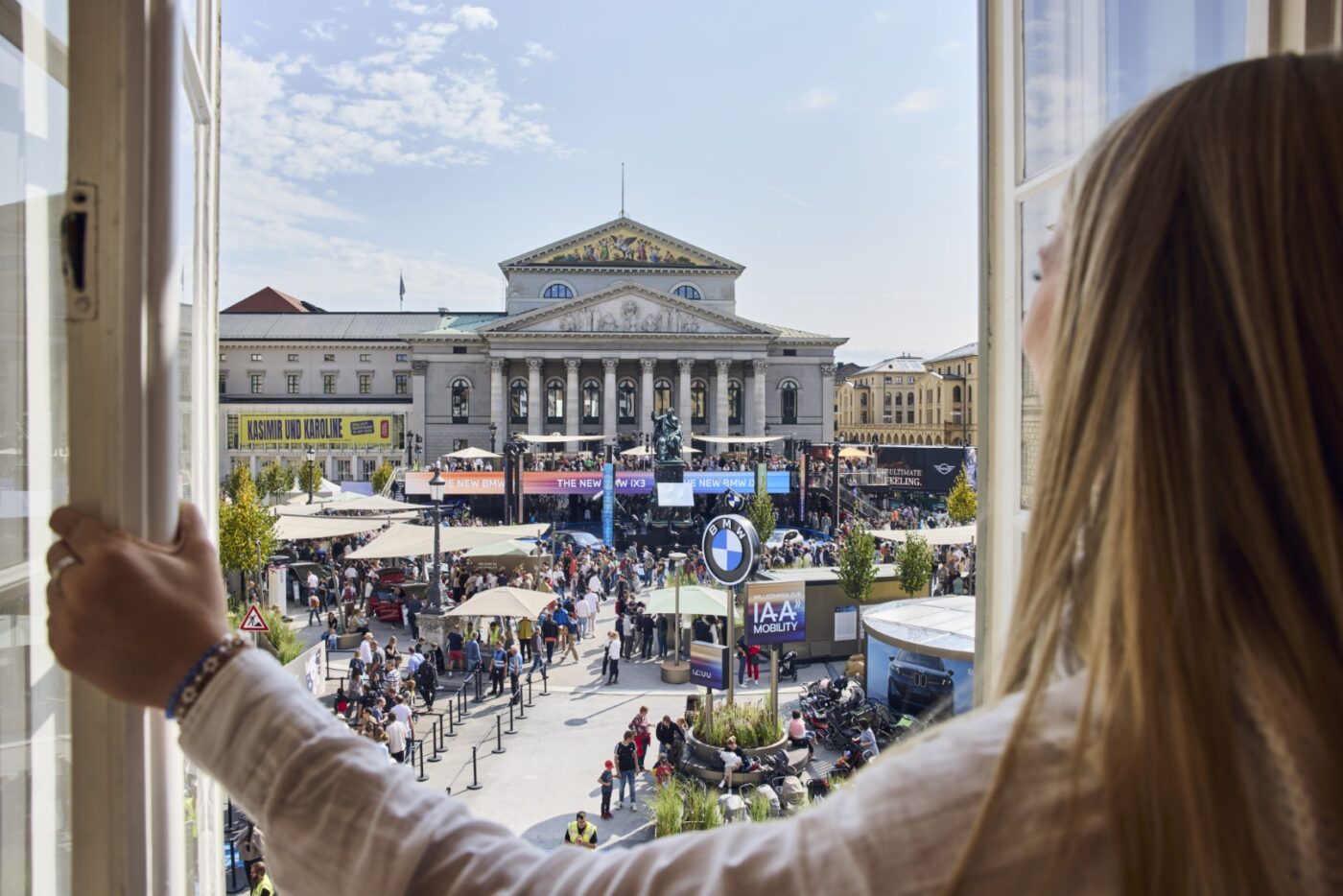
Suddenly it rains this nasty, fine drizzle. For hours on end. Actually deadly for an open-air trade fair like the IAA Mobility Open Space in Munich. But the IAA impressively demonstrated how enormous the appeal of a well-designed free car show in the city can be: the good old IAA, the German International Motor Show, born in 1897 and viewed with skepticism since its relaunch and relocation from Frankfurt to Munich in 2021, proved at this third biennial event: yes, this concept really works and attracts the people. In droves!
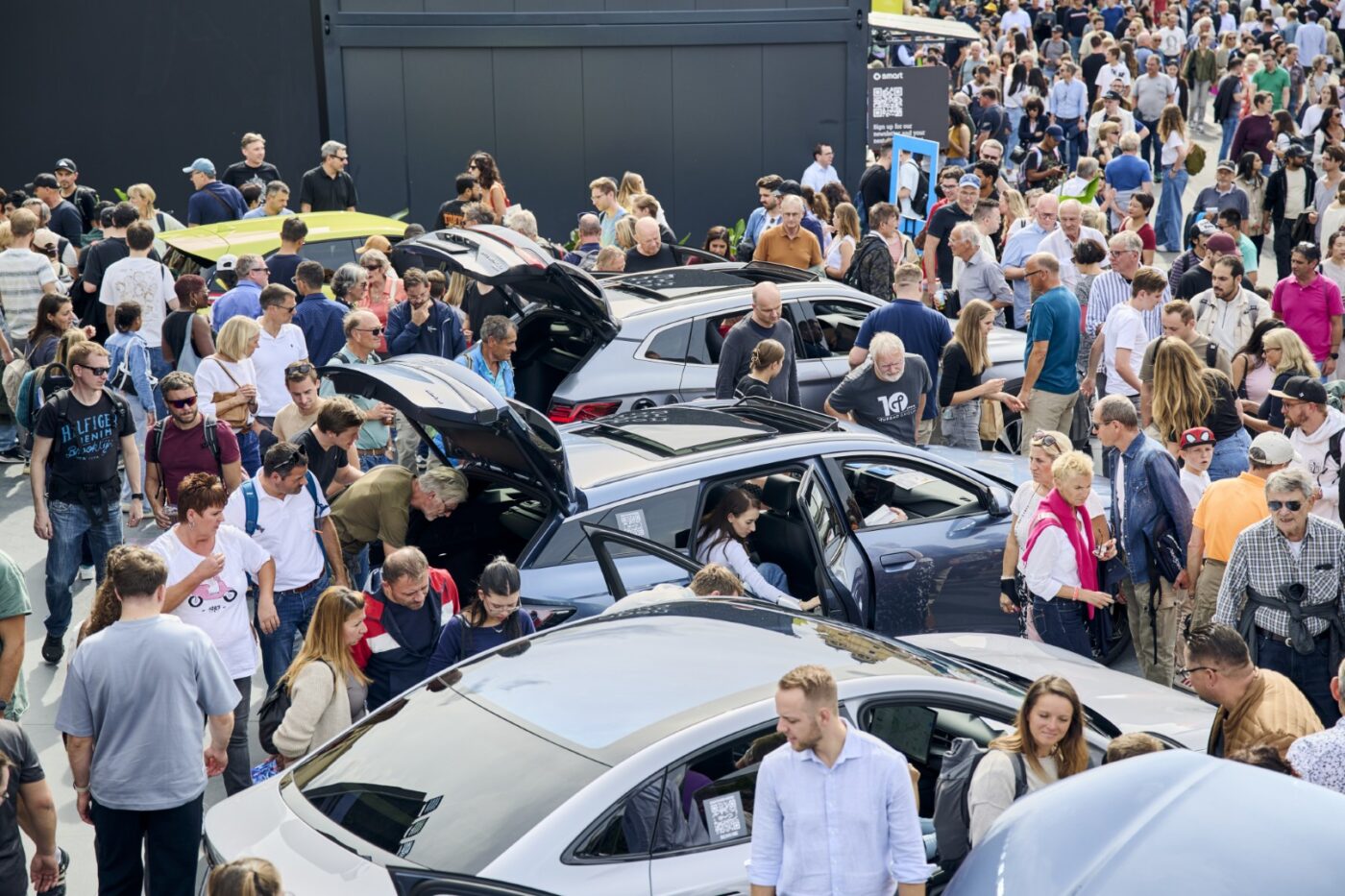
Even in the rain, long queues form at local hero BMW to marvel at the new iX3 as the first model in the "New Class". At the almost monstrous Mercedes stand, people eagerly try out the new GLC. At VW, families push their way through the crowd to the new T-Roc. Even the merchandising store at Opel, once the epitome of a brand in decline and now back on the road with a great product, is being plundered.
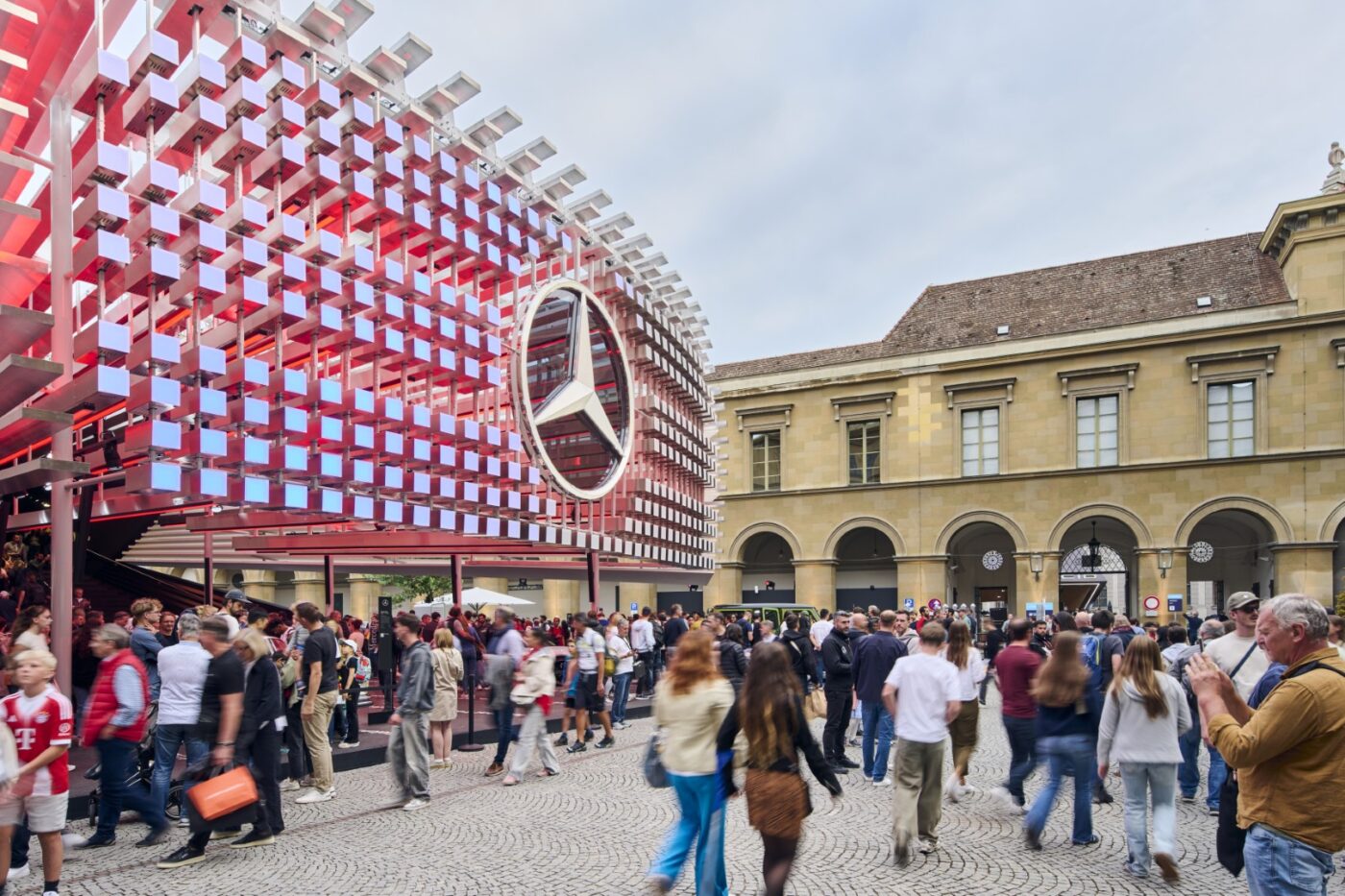
But it's not just the Germans who are making a big splash here. The Cupra stand is a work of design art. At Polestar, the new 5 shows that the brand finally has an adequate top model. And speaking of the Volvo-Geely offspring built in China: There are 30 vehicle manufacturers here from China. Even industry experts are puzzled by some brand names: do you know Linktour? Bavarian citizens and many tourists take the opportunity to touch what they have previously only read about: There are all the Aitos, Denzas, GACs, Leapmotors and Xpengs. Exciting: with BYD, a manufacturer dares to present a cool station wagon with the Seal 6 DM-i Touring plug-in station wagon, while Europeans are increasingly phasing out classic station wagons. Even Lucid, the luxury Tesla from the USA, and Togg, a new car brand from Turkey, are here. And many of the brands also offer test drives here in Munich: in the end there will have been 12,000. But why the rush? Perhaps it's simply the flair. It's easy to stroll between the car manufacturers' stands on some of the main streets and squares: Florist here, SUV there. Beer garden here, electric car there. There are free gadgets or coffee everywhere, and if cars simply don't mean anything to you, you might be tempted by the Bavarian police stand, the chance to take cool selfies with a sports car, the cafés in between, the e-bike providers, the concerts, the talks with Formula 1 stars or politicians on the stages or the walk-through new S-Bahn train, which will be moving Munich's public transport system from 2028.
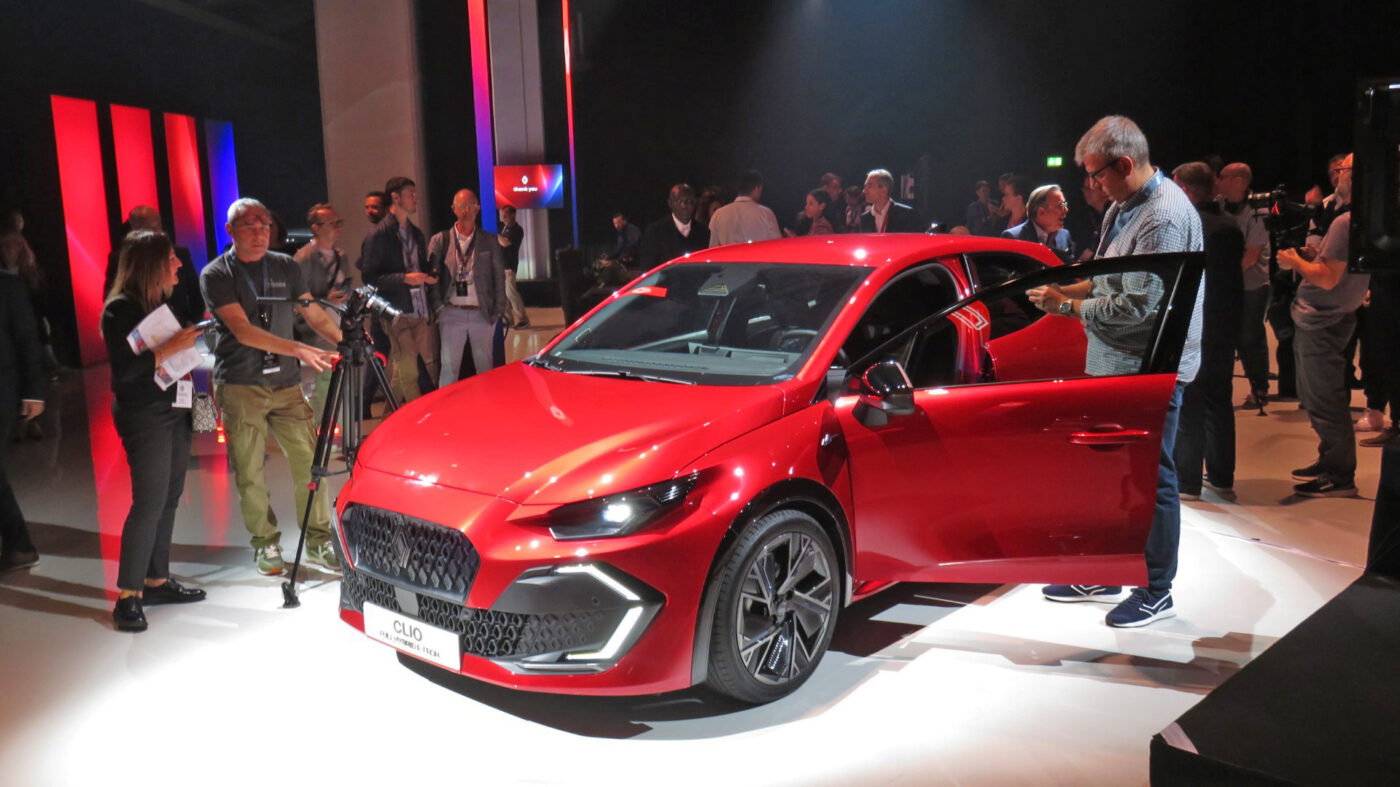
A car that is obviously also particularly moving shines at the Renault stand. The R4, R5 and even the R5 Turbo are also there, but it is the new Clio, unveiled at the IAA, that really draws the crowds. At first glance, the sixth edition goes against the trend: nothing with electricity, the Clio runs on fuel - but so economically and ecologically correct that you can hardly blame it: The 158 hp hybrid variant, for example, will achieve 3.9 l/100 km or 89 g/km CO2 (WLTP). The new Clio also looks cool, offers plenty of style and assistance and has only grown in length by a reasonable six centimetres. Nevertheless, does it make sense to make an electric R5 and a hybrid Clio instead of both? Renault CEO Fabrice Cambolive answers: "When we decided on the two-pillar strategy, we knew that we still had to meet both regulatory requirements and customer demands. EV growth is weaker than expected, so we have to remain flexible. So far, our strategy seems to be working in the small car segment, for example." In other words: the market wants it that way. Product Performance Director Bruno Vanel adds: "The trend is towards hybrids." This is also so that driving doesn't become too expensive. "The higher residual values of hybrids are an important factor. Only then are monthly installments low enough to keep the car affordable."
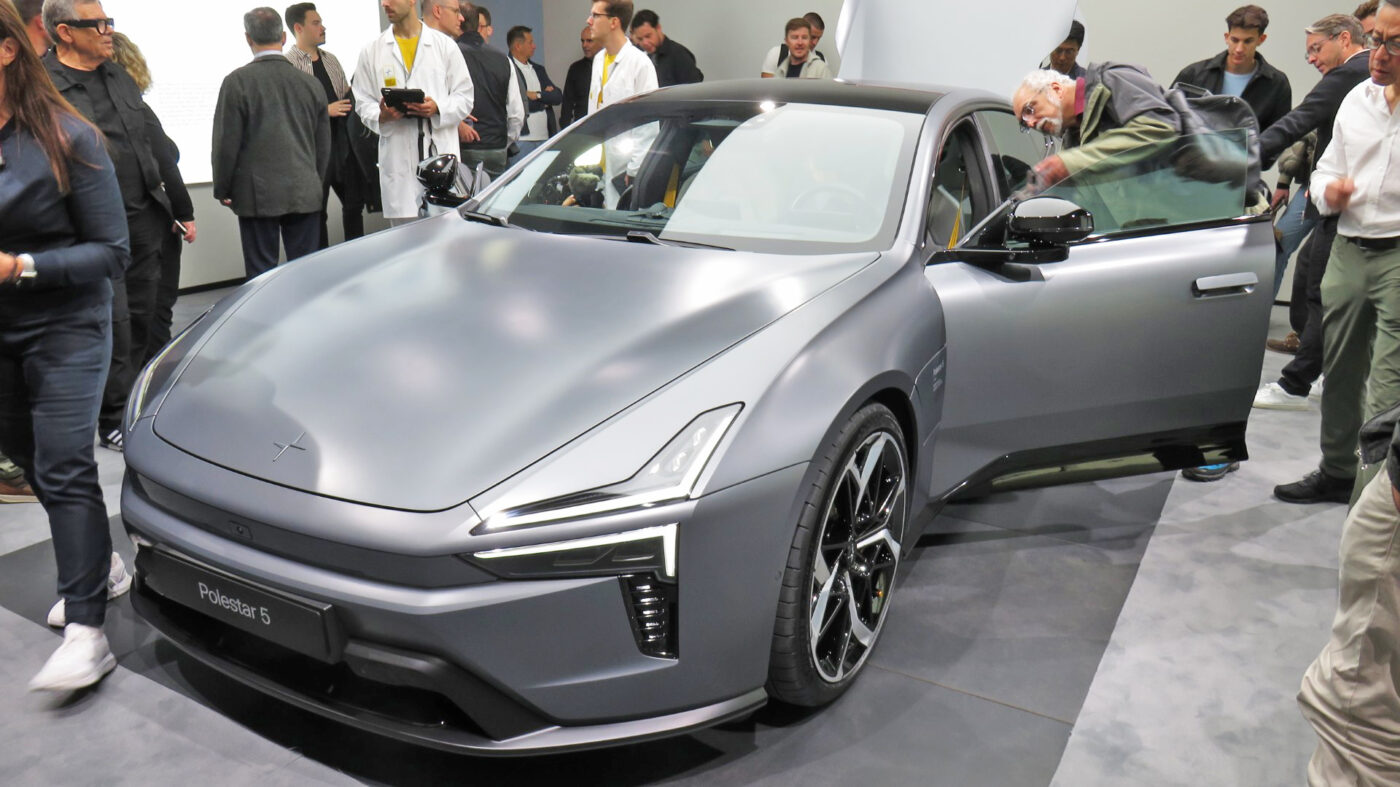
So everything's great at the IAA? Outside, yes: the IAA Open Space is a hit. Inside? Well: the IAA is taking place twice - in the city for the public and in parallel at Messe München for trade visitors, called the IAA Summit. The car manufacturers are there to unveil their new products in the only six of the twelve exhibition halls that are occupied. However, not in front of the general public, but people in costumes or suits. The real motor show feeling may not be there. Where well-known brands and suppliers show their innovations and software, radar and lidar and many e-components, it is appropriately busy. But the new balance of power in the automotive world is clear: Denso shines bigger than VW and Google more than Mercedes. The whole thing is more like Automechanika Frankfurt, which is intended for automotive suppliers, only smaller and emptier. I wonder if it has a future? Well. Our doubts become particularly great when we stroll through the less frequented parts of the hall: Here and there people even fall asleep at their stands due to a lack of visitors, and many stands (such as those of German federal states or Bavarian ministries) tend to be filler.
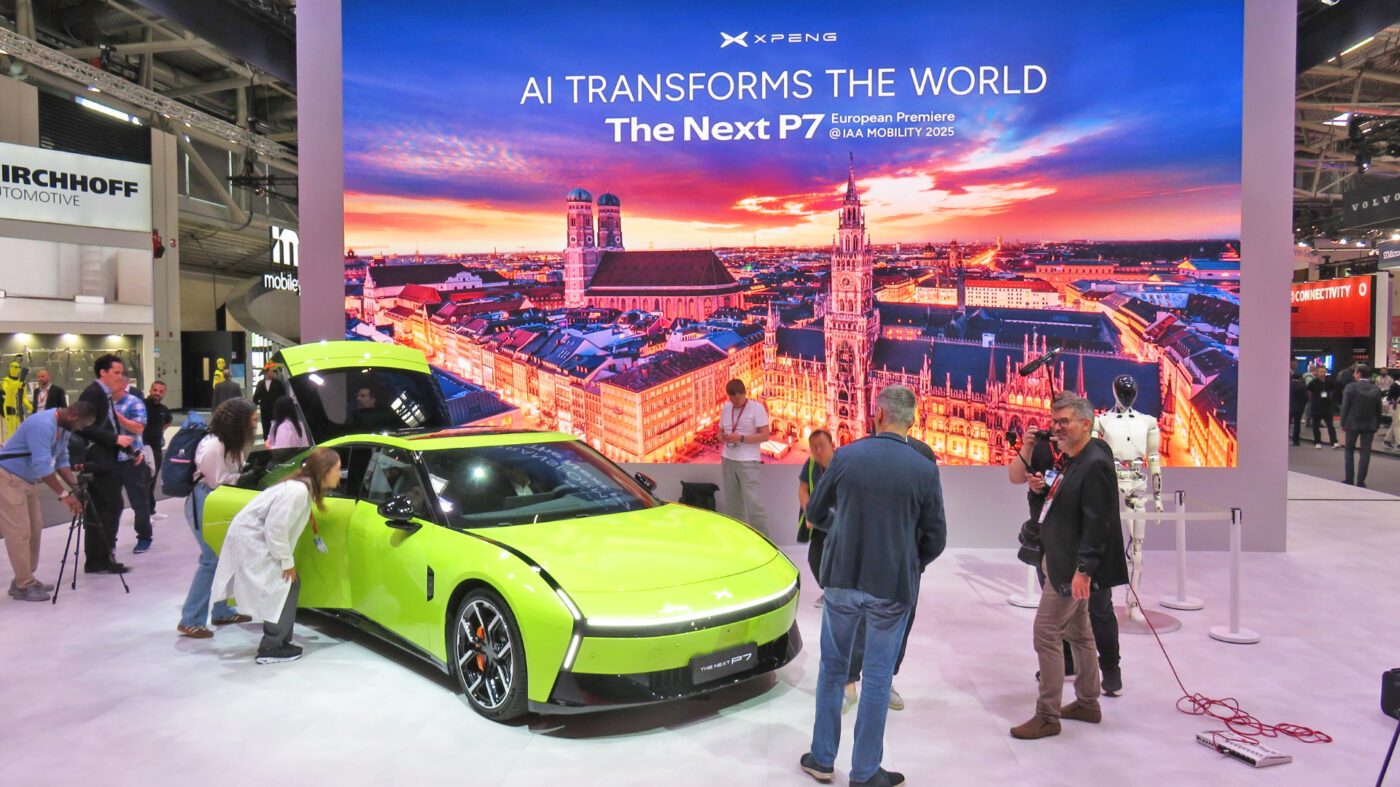
In the end, thanks to 750 exhibitors from 37 countries and their 350 product premieres in the halls, the IAA will still report 69,000 visitors. But compared to the more than 430,000 visitors in the city, that is meagre. We'd rather take public transport back to the City-Messe pretty soon - because that's where the music really is. And we are reminded of what happened in Switzerland: anyone who holds a classic indoor trade fair like the IAA Summit at Messe München without fresh concepts has to ask themselves whether it has a future - like the faded Geneva Motor Show once did here. Those who have ideas and offer fresh experiences such as the IAA Open Space in the city will flourish - like Auto Zürich here. The IAA (or IAA Mobility, as it is now officially called) has probably turned a corner with the open-air part, as a kind of folk festival with new cars in between. We are looking forward to the next event in September 2027 in Munich, Germany.
